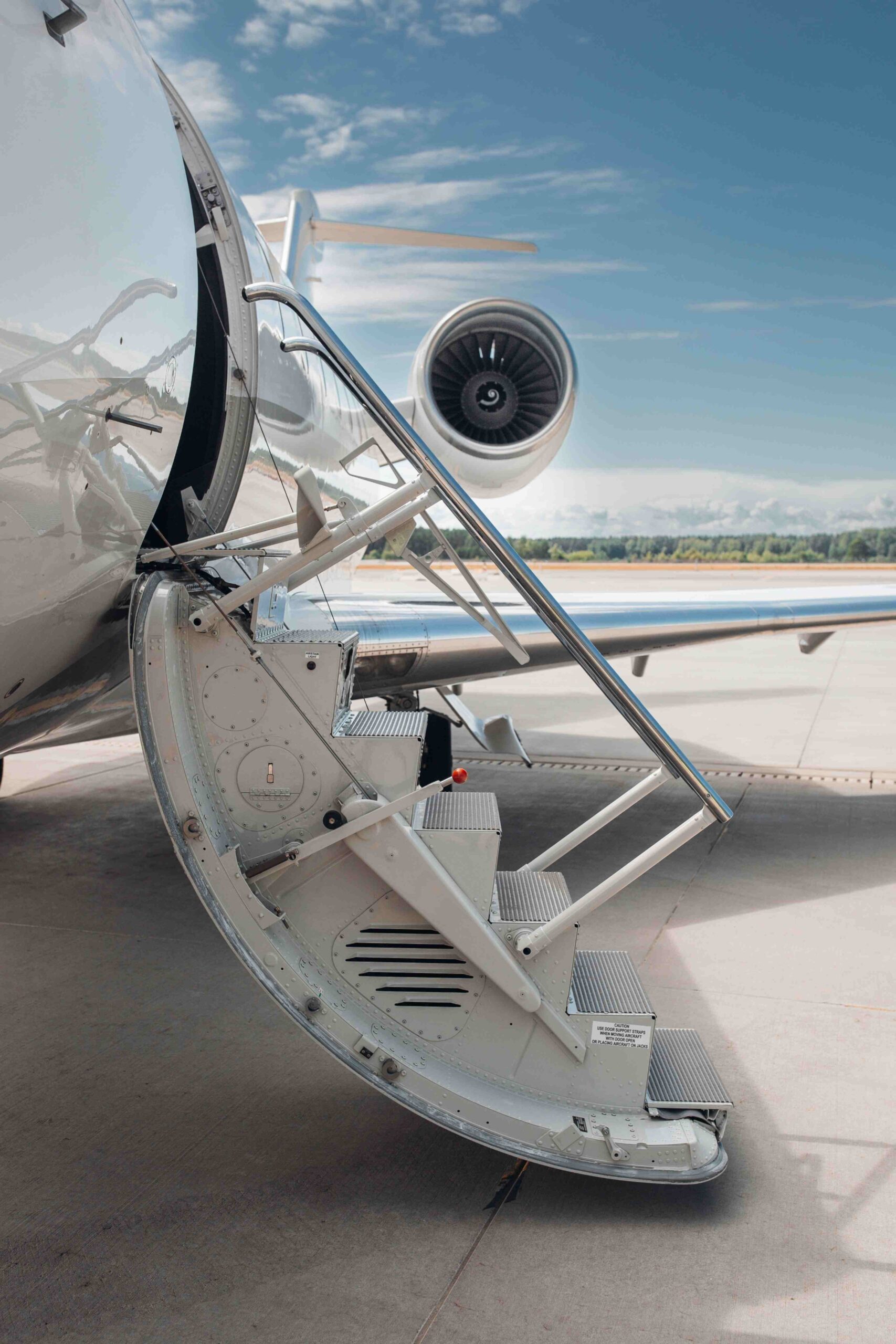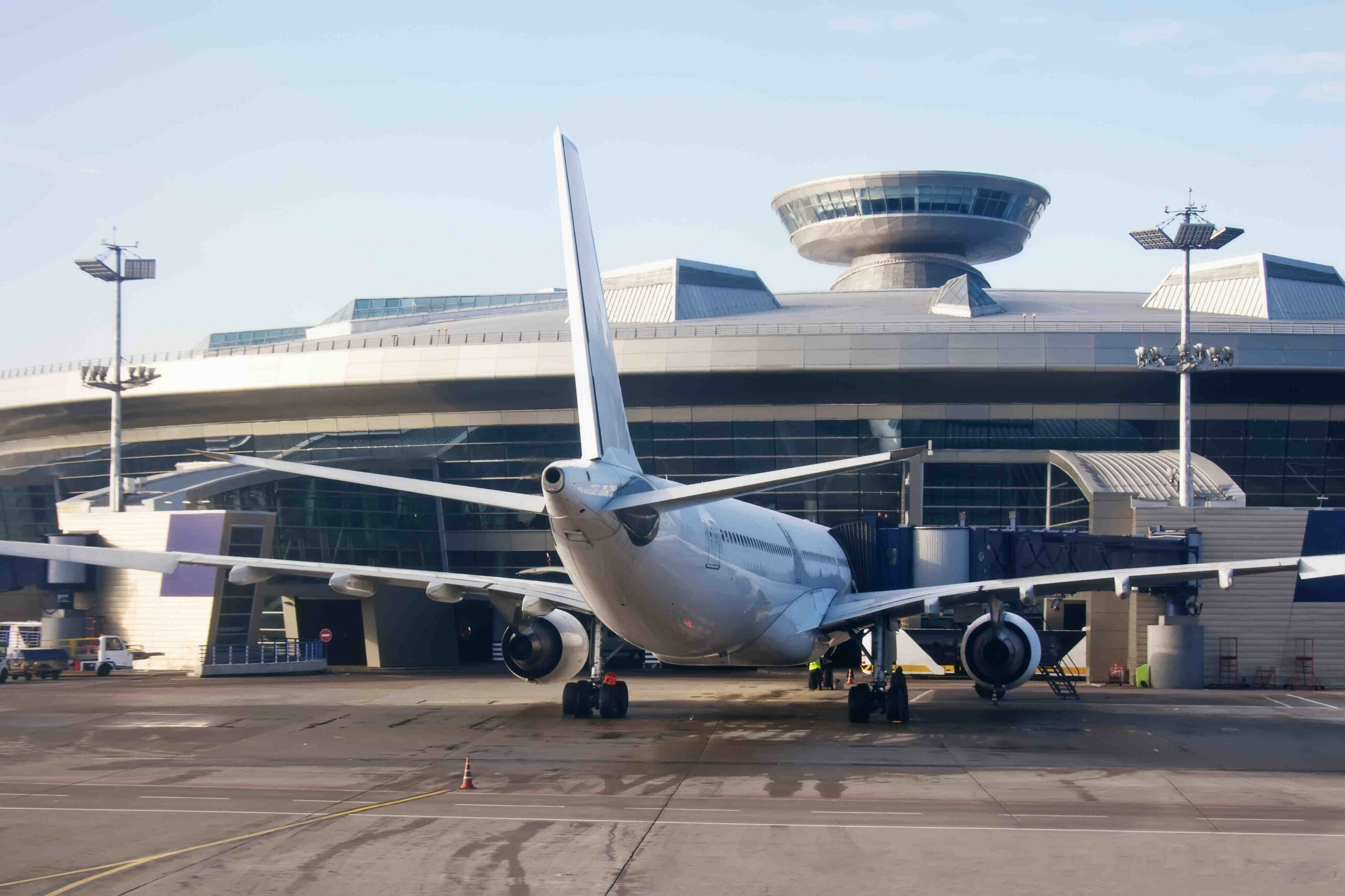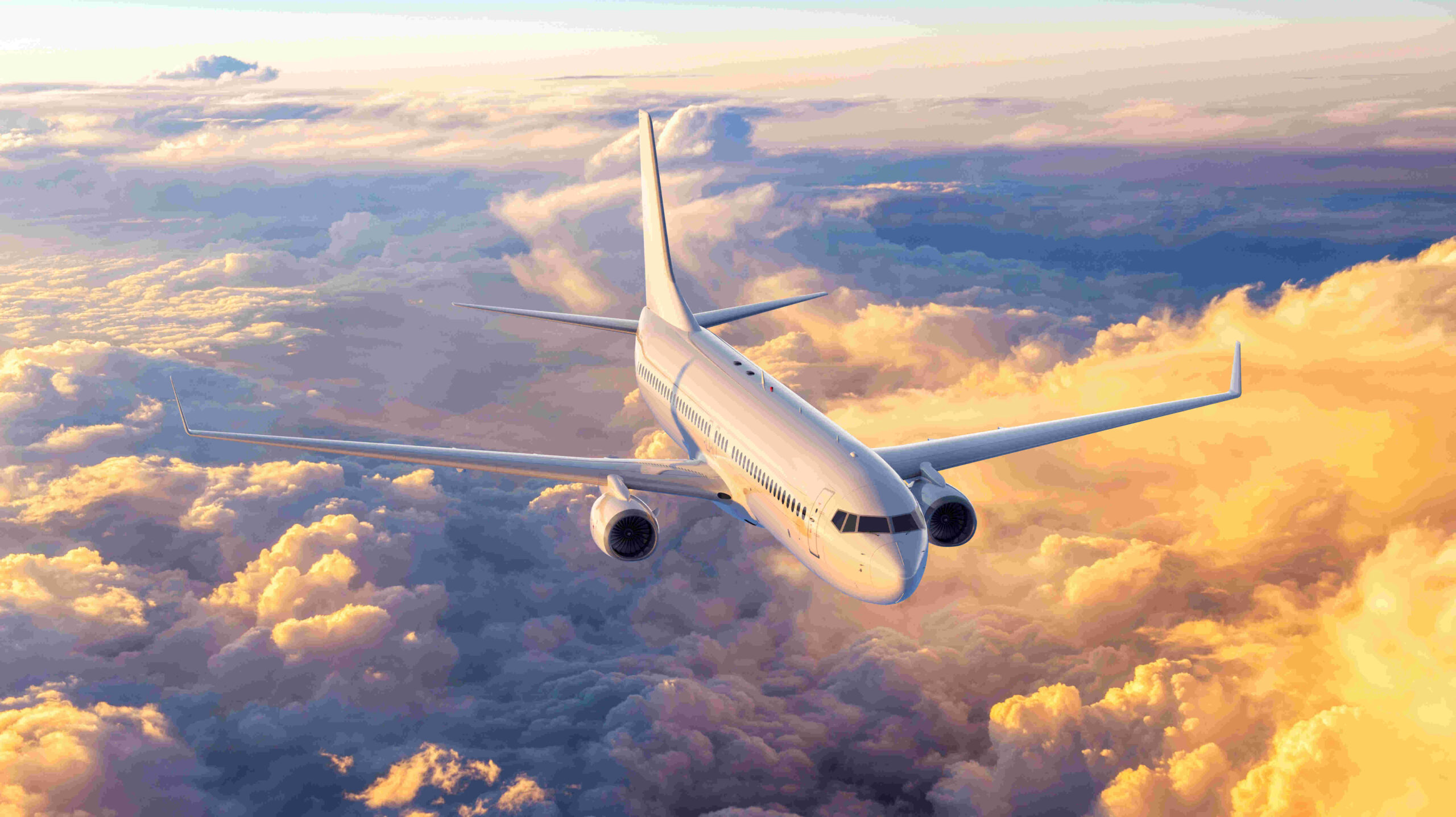What is the 90 second rule in the aviation sector?
No matter how big a passenger plane is, it must take no more than 90 seconds to evacuate it. And that’s using only half of the emergency exits. Sometimes this conditions decisions that at first glance are incomprehensible to passengers. An aircraft that fails to meet this requirement will not be allowed to fly.
Croatia Airlines’ Airbus A220-300 caused consternation on the Internet with an embroidered inscription on the back of seat 31E. “Do not occupy this seat,” which means: do not occupy this seat. Other than this slogan and the absence of a seat belt, the seat is no different from the other 149 seats on board. Various theories can be read on social media, where the story is coming back like a boomerang.
The AvioRadar service has solved the mystery. The Airbus A220-300 has been certified by EASA for 149 passenger seats. The manufacturer confirmed to the service that if the 150th seat had been approved, regulations would have forced the need for an additional two wing emergency exits (that is, a total of four). The additional passenger would also necessitate a fourth cabin crew member (at least one person per 50 passengers).
AvioRadar noted that Airbus offers the A220-300 in configurations as large as 160 seats. However, then the aircraft is already equipped with four emergency exits for the wings.
Aircraft evacuation. Key rule: 90 seconds
Safety is paramount in civil aviation. No passenger aircraft will be allowed to fly commercially unless the manufacturer ensures that it can be evacuated in a maximum of 90 seconds. And that’s assuming a full complement of passengers on board and with only half of the emergency exits available.
A video of a trial evacuation of more than 800 volunteers from two Airbus A380 decks can still be found on social media. They were only able to use eight of the 16 emergency exits. The evacuation action lasted 77 seconds, or one minute and 17 seconds.
It is also a requirement that when the evacuation began, participants were seated with their seat belts fastened and the cabin lights were turned off. This is to replicate conditions during an emergency landing. Forty percent of women and 35 percent of people over 50 are also included.
Evacuation time requirements to be revised?
Voices are being raised, however, for the 90 second evacuation regulations to be updated. There are several reasons for this. First, the aging population and the growing trend – especially in low-cost airlines – of reducing the distance between seats. Second, the growing number of elderly passengers (whose limit is moving higher) and people with disabilities, for whom flying is increasingly accessible.
Such a demand was already made to the Federal Aviation Administration (FAA) in the US in 2023. “Changes are long overdue, as the current standards do not reflect actual conditions,” – stated in a post on LinkedIn Capt. Chesley Sullenberger, who made an emergency landing on the Hudson River in January 2009.
The European Union’s aviation safety agency, in a 2023 response to money.co.uk, said at the time that it had no plans to change certification specifications for large aircraft that are related to evacuation. It stressed that the physical fitness of the volunteers participating in the test evacuation was also important for their safety during the exercise.
Aviation at Lazarski University
We encourage you to explore the intriguing world of modern aviation by reading our blog and enrolling in aviation majors at Lazarski Aviation Academy at Lazarski University.
Lazarski Aviation Academy
The place where dreams take off. We offer graduate, postgraduate and MBA studies for future pilots, aviation lawyers and managers.


